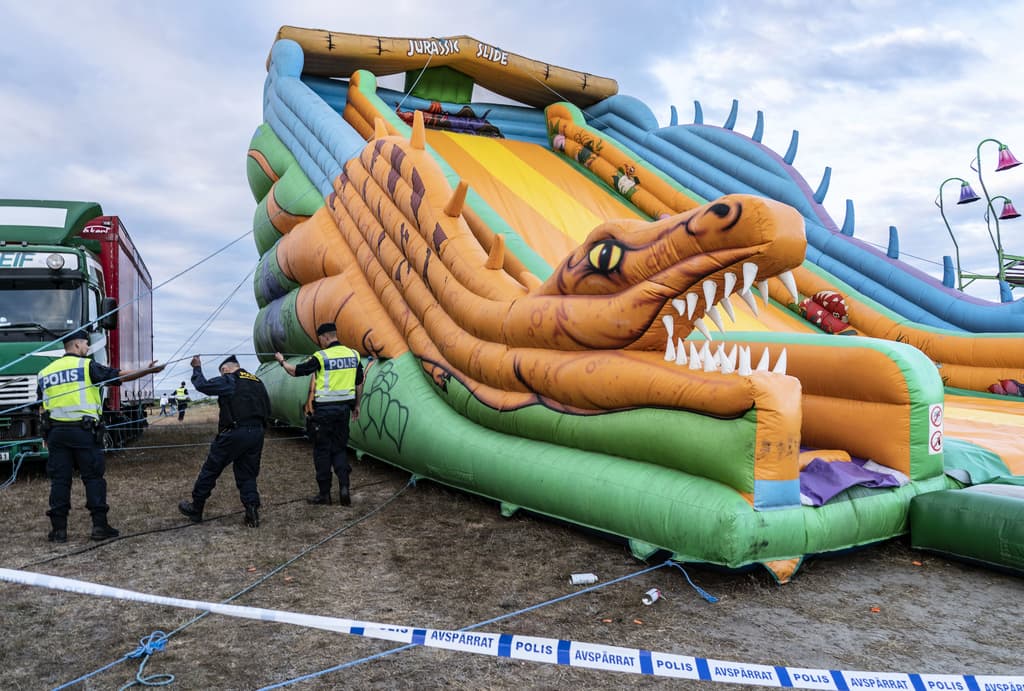In recent years, several serious accidents have occurred in bouncy castles, resulting in injured children.
Now, the Consumer Agency is issuing advice on how to make bouncing safer.
The authority has conducted several inspections of bouncy castles in recent years, with disappointing results. The castles have, among other things, been inadequately anchored, lacked shock absorption, and lacked supervision. A total of 16 different companies have ended up in court due to these deficiencies.
One of the notable accidents occurred at Kivik's Market in 2019, when four children were taken to hospital after a bouncy castle lost air. Abroad, people have even died as a result of bouncy castle accidents.
Anna Strandberg, an investigator at the Consumer Agency, stresses the importance of inspections to avoid incidents.
"When you let your child into a bouncy castle, you should be able to trust that the castle is safe. That the construction meets the requirements, that the castle is securely fastened to the ground, that there is protection around the castle if the child falls out, and that there is staff supervising," she says in a press release.
The Consumer Agency is now inspecting bouncy castles for the third year in a row. Previous controls have been carried out at markets around Sweden.
"We continue to inspect the industry to achieve improvements. Before it goes as badly here as it has in other countries," says Anna Strandberg in the same press release.
The Consumer Agency advises adults and guardians to consider the following when a child is going to play in a bouncy castle:
• Only let one child bounce in the castle if it is supervised by staff.
• Always check that the bouncy castle is anchored so that it cannot blow away.
• Make sure there is shock-absorbing material underneath where you can fall off the castle.
• Do not use the bouncy castle when it rains or is windy.
Source: Consumer Agency





